How To Do a Proper Research Before Creating A Logo Design

Source: Ramotion, FLYR Logotype Branding: Logo Design, Logotype, Visual Identity, Dribbble, https://dribbble.com/shots/20203959-FLYR-Logotype-Branding-logo-design-logotype-visual-identity
Embarking on the journey of creating a new logo design demands more than just artistic flair; it requires thorough research to ensure the end product resonates well with its intended audience and stands out in the competitive landscape. Research is the foundation upon which compelling logo designs are built, serving as a critical step that influences every aspect of the design process. This preliminary phase helps designers understand the client's business context, target audience, and the overarching brand message they wish to communicate. Effective research not only inspires innovative design ideas but also prevents potential issues such as cultural misunderstandings or trademark conflicts.
By investing time in studying the market, analyzing competitor logos, and delving into color psychology and typography, designers set the stage for creating logos that capture the essence of the brand and forge a lasting connection with consumers. In this article, we explore detailed strategies and methods to conduct robust research that will guide the creation of a distinctive and meaningful logo design.
Understand the Client's Business
In the realm of logo design, understanding the client's business is paramount. This step is foundational, enabling designers to create logos that truly represent the essence of the brand. Comprehensive research involves delving into the client’s industry, studying the business model, and understanding their value proposition. It's crucial to know how the client’s company operates, its market position, and its long-term goals. Analyzing the competitive landscape is also vital. By identifying what competitors are doing, designers can strategize to differentiate the brand visually and conceptually. This research should encompass both direct and indirect competitors, providing a broad view of the industry standards and innovative trends.
Furthermore, understanding the client’s business extends to knowing their customer base, sales channels, and marketing strategies, all of which influence the design direction. The goal is to ensure that the logo not only stands out aesthetically but also communicates the right message to the right audience, aligning perfectly with the brand’s overall objectives. This thorough business analysis supports the creation of a logo that is not just a graphic but a strategic business tool.
Identify the Target Audience
Identifying the target audience is critical in the process of logo design. A deep understanding of whom the logo will serve greatly influences the aesthetic and functional aspects of the design. This step goes beyond basic demographics like age and gender; it involves grasping the psychographics of the audience, including their lifestyles, values, and preferences. Research should uncover what motivates the audience, their expectations from the brand, and how they interact with similar brands. Effective audience research can involve surveys, focus groups, and social media analysis to gather data on potential customers’ behaviors and preferences.
This information helps in creating a logo that resonates on a personal level with the audience. The logo should communicate the brand's message clearly and effectively, evoking a positive emotional response. This connection can turn casual viewers into loyal customers. By tailoring the design to reflect the audience's identity and aspirations, designers can craft a visual identity that appeals directly to those most likely to engage with the brand. This targeted approach ensures the logo makes a lasting impact and supports the brand in building strong relationships with its audience.
Study Competitors' Logos
Studying competitors' logos is an essential aspect of logo design research. This investigative process helps designers gauge the visual language prevalent within the industry and identify both successful and ineffective design strategies. When analyzing competitors' logos, it is important to observe the colors, typography, and graphical elements used. This research can highlight what is commonly accepted and expected by the target audience in that particular sector. Moreover, understanding the competitors' brand positioning through their logos can offer insights into how a new logo can differentiate itself while still communicating the right industry signals.
Designers should look for patterns that can be adapted or intentionally avoided to ensure the client’s logo stands out in a crowded market. This comparative analysis not only aids in creating a unique design but also ensures that the logo will resonate with the industry’s established audience. By thoroughly assessing the competition, designers can craft a logo that not only is visually appealing but also strategically positioned to capture attention in the marketplace.

Source: Dalius Stuoka, Energy Logo - Lightning Bolt / Orb / Negative Space / Orb, Dribbble, https://dribbble.com/shots/21230041-Green-Energy-Lightning-Bolt-Orb-Negative-Space-Orb
Explore Color Psychology
Exploring color psychology is crucial in the process of designing a logo because colors profoundly impact consumer perception and brand recognition. Each color invokes specific emotions and associations, influencing how a brand is perceived. Red, for example, can evoke feelings of passion and urgency, while blue might convey trust and stability. Understanding these psychological effects allows designers to choose colors that align with the brand’s identity and core values. Research in this area involves studying market trends, cultural associations, and psychological implications of various colors.
Additionally, considering the industry norms and competitor color schemes can also provide valuable insights. For instance, green is often used in health and wellness industries due to its associations with nature and tranquility. Effective use of color psychology in logo design not only enhances aesthetic appeal but also reinforces the brand message and helps establish a stronger emotional connection with the target audience. By meticulously choosing the right colors, designers can significantly boost the logo’s effectiveness in communicating the desired brand image.
Consider Cultural Implications
When designing a logo, considering cultural implications is crucial to ensure that the design is appropriate and resonant across different cultural contexts. Cultural sensitivity in logo design involves understanding the meanings, connotations, and associations that different symbols, colors, and shapes carry in various cultures. For instance, certain colors or icons that are positively viewed in one culture may have negative associations in another. This research is especially important for brands operating internationally or in culturally diverse markets. Designers should delve into cultural studies, seek expert consultations, and utilize resources that explain cultural symbols and their meanings in different regions.
It's also beneficial to explore historical references and current cultural trends to avoid misinterpretations or controversies that could harm the brand's reputation. An informed approach to cultural implications not only prevents potential backlash but also enhances the brand’s appeal by showing respect and understanding towards diverse customer bases. By incorporating culturally appropriate elements, designers can create a logo that truly speaks to a global audience, ensuring the brand is welcomed and respected worldwide.
Gather Client Feedback
Gathering client feedback is an integral part of the logo design process. It ensures that the logo aligns with the client’s vision, expectations, and brand strategy. Throughout the design process, maintaining an open line of communication with the client helps in refining ideas and aligning the design closely with the brand's identity. This feedback can be instrumental in tweaking colors, fonts, and other design elements to better convey the intended message. It is advisable to present multiple design concepts to the client, allowing them to explore different visual representations of their brand.
This not only facilitates a collaborative atmosphere but also empowers clients to be part of the creative process, enhancing their connection to the final design. Regular meetings, presentations, and revisions based on feedback help in creating a logo that not only meets professional design standards but also resonates deeply with the client. Furthermore, involving the client early and often can prevent significant revisions down the line, saving time and resources for both the designer and the client. By effectively incorporating client feedback, designers can ensure the final logo is both a creative and strategic asset for the brand.
Look for Trends and Timelessness
In logo design, striking the right balance between current trends and timeless appeal is essential. Researching trends helps designers stay relevant and innovative, but it is equally important to ensure the logo remains effective and appropriate over time. To achieve this, designers should monitor the latest developments in design through industry publications, award-winning work, and influential design blogs. Trends can provide inspiration and insight into what visual elements are resonating with audiences today. However, focusing solely on trends can lead to a logo that feels dated as trends evolve.
To ensure timelessness, designers should also study logos that have stood the test of time, analyzing why these designs have remained effective across decades. Classic design principles, such as simplicity, flexibility, and memorability, should be at the core of every logo. These principles help ensure that a logo not only looks contemporary today but also continues to be effective and recognizable in the future. By integrating both trendy and timeless elements thoughtfully, designers can create logos that are both fresh and enduring.

Source: Milos Bojkovic, Trustblock Logo Concept, Dribbble, https://dribbble.com/shots/20890720-Trustblock-logo-concept
Analyze Successful Logos
Analyzing successful logos is a key step in understanding what makes a design effective. This research involves looking at well-known logos and deconstructing the elements that contribute to their success. Factors to consider include simplicity, recognizability, and the ability of the logo to communicate the brand’s message clearly. Successful logos often incorporate unique but straightforward features that capture the essence of the brand in a visually appealing way. Designers should study how these logos use color, shape, and typography to create a strong visual impact and emotional connection with the audience.
It’s also useful to examine how these logos adapt across various mediums and scale while maintaining their integrity. By understanding the strategies behind successful logos, designers can apply these insights to their projects, ensuring they not only create aesthetically pleasing designs but also functional ones that serve the brand’s long-term needs. This analytical approach not only inspires creativity but also grounds the design process in proven principles of brand identity development.
Review the Brand’s History
Reviewing a brand's history is an integral part of the logo design process. This research helps designers grasp the evolution of the brand and its identity over time, providing insights that can influence the new logo design. Understanding the historical context, including previous logos, brand milestones, and the evolution of the brand's market presence, allows designers to honor past elements while steering the brand towards future aspirations. This deeper understanding can reveal what has been most effective in connecting with the audience and what elements are considered iconic to the brand.
Additionally, reviewing the brand's history can help in maintaining continuity, which is crucial for long-standing brands undergoing a rebrand. It ensures that the new logo respects the legacy of the brand while also refreshing its image to stay relevant in today’s market. This approach not only strengthens the brand's narrative but also builds a deeper connection with the audience, who may have a longstanding relationship with the brand. Thus, by incorporating historical elements, designers can create a logo that resonates with both new and existing customers, bridging past achievements with future aspirations.
Check for Trademark Conflicts
Checking for trademark conflicts is a critical step in the logo design process. This ensures that the logo is not only unique but also legally safe to use, preventing potential legal issues and ensuring brand protection. The process involves conducting thorough searches in trademark databases to verify that the design or elements of the design do not infringe on existing trademarks, especially within the same industry. Designers or legal professionals can use various online tools and resources provided by national and international intellectual property offices to perform these checks. It is advisable to search not only for identical matches but also for logos that are similar enough to cause confusion.
This due diligence is essential to safeguard the brand from future legal challenges and to avoid costly rebrands. Moreover, securing a trademark for the logo adds value to the brand, providing exclusive rights to use the design in commerce. By ensuring the logo is free of conflicts and properly registered, businesses can confidently promote their brand and defend against infringement. This careful consideration of legal aspects is as crucial as the creative process in logo design, ensuring the logo serves as a distinctive and secure representation of the brand.
Conclusion
Conducting thorough research is essential in the logo design process. By understanding the client’s business, considering cultural implications, and analyzing successful logos, designers can create a logo that not only stands out but also truly represents the brand’s ethos. Checking for trademark conflicts and reviewing the brand's history further ensures the logo’s longevity and legality. Effective research provides the foundation for a logo that resonates with the target audience and remains relevant over time. Thus, dedicating time to comprehensive research in logo design is not just beneficial—it is crucial for creating a lasting visual identity.
Let Us Know What You Think!
Every information you read here are written and curated by Kreafolk's team, carefully pieced together with our creative community in mind. Did you enjoy our contents? Leave a comment below and share your thoughts. Cheers to more creative articles and inspirations!

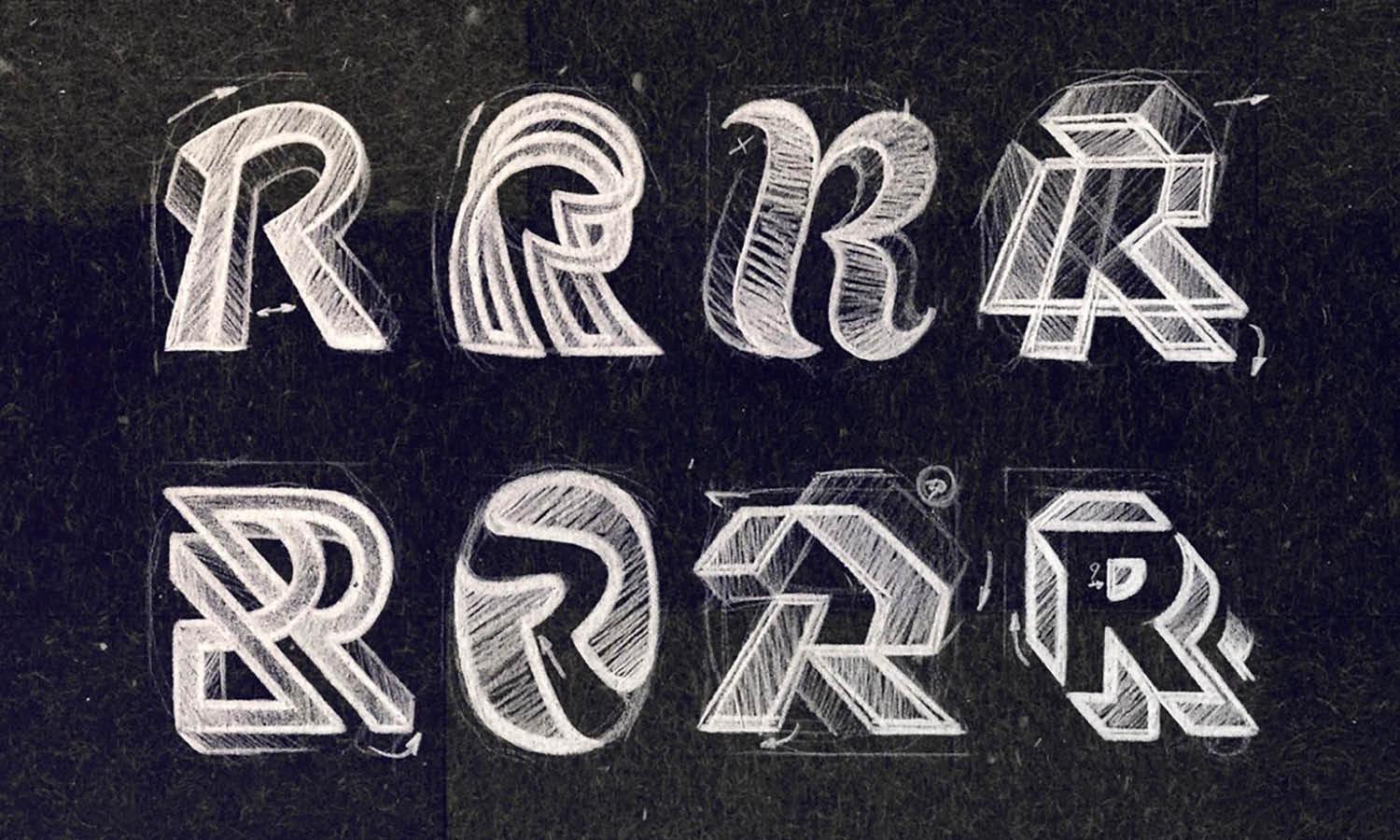
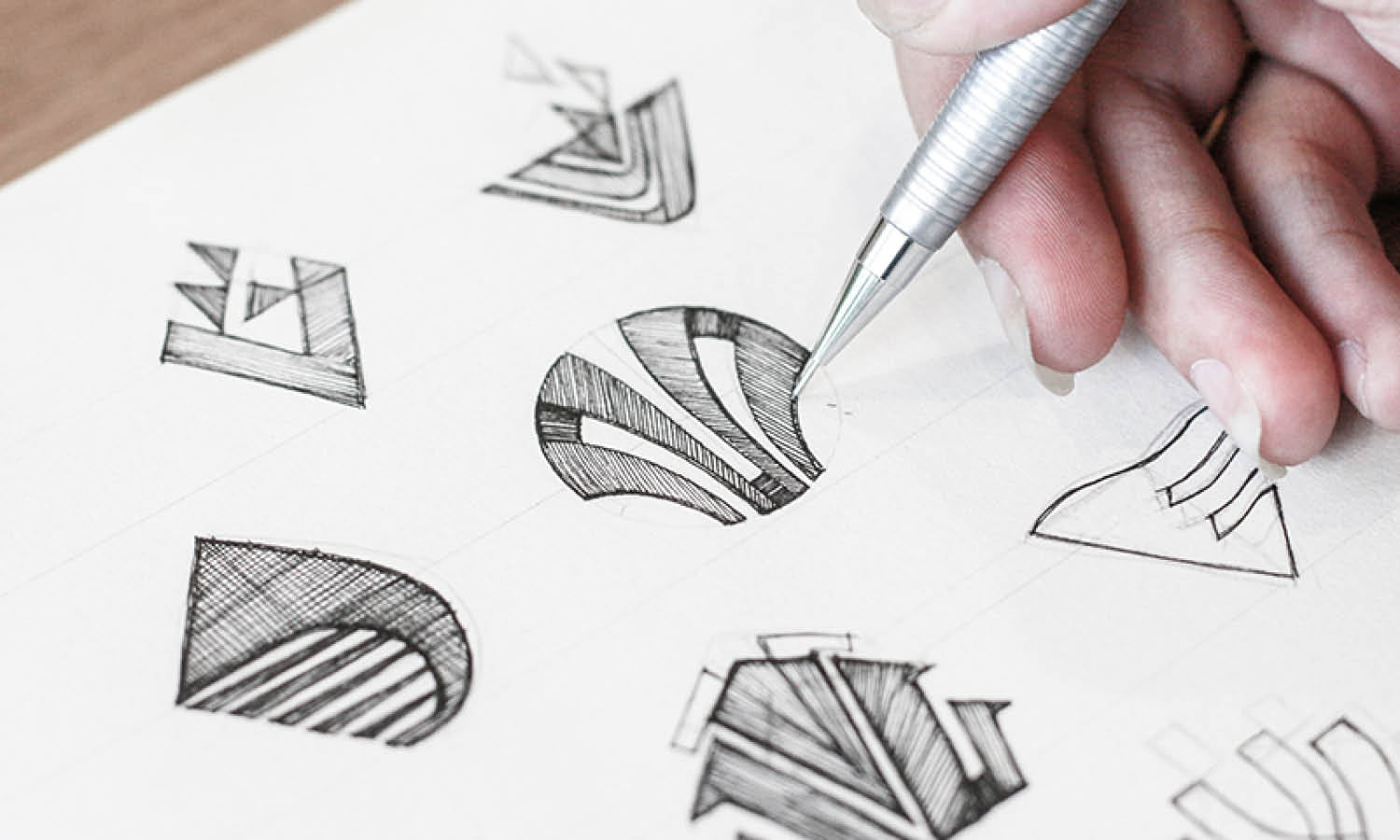
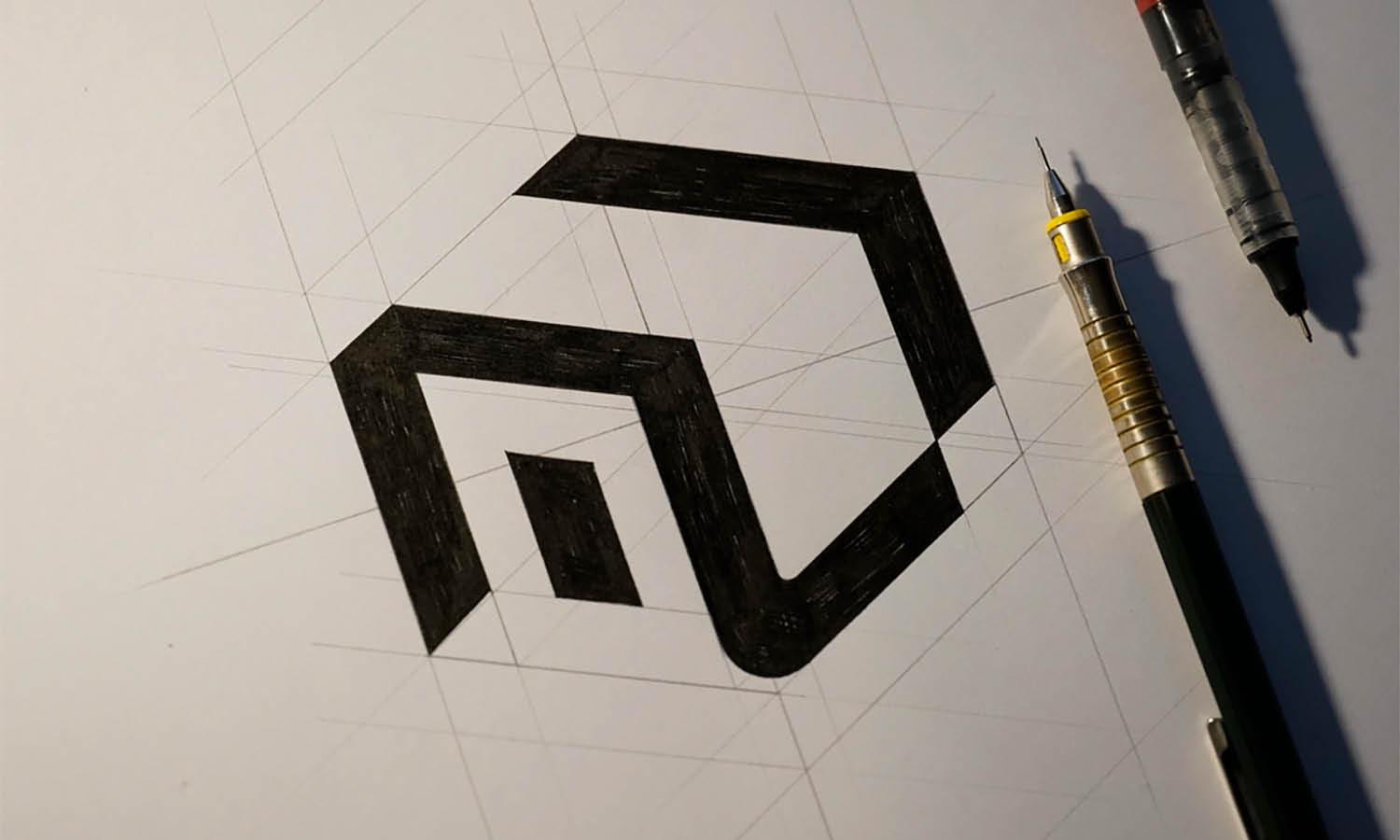
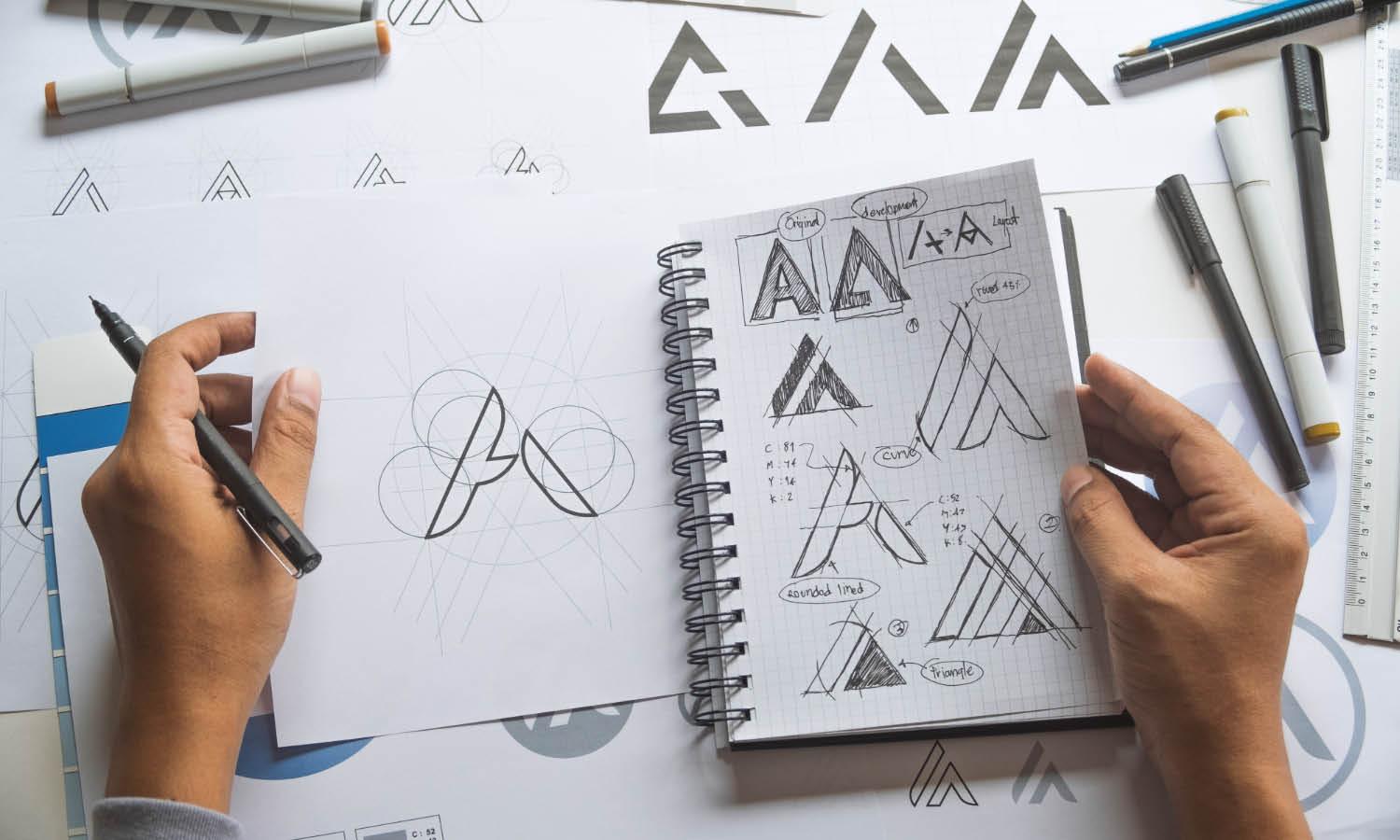


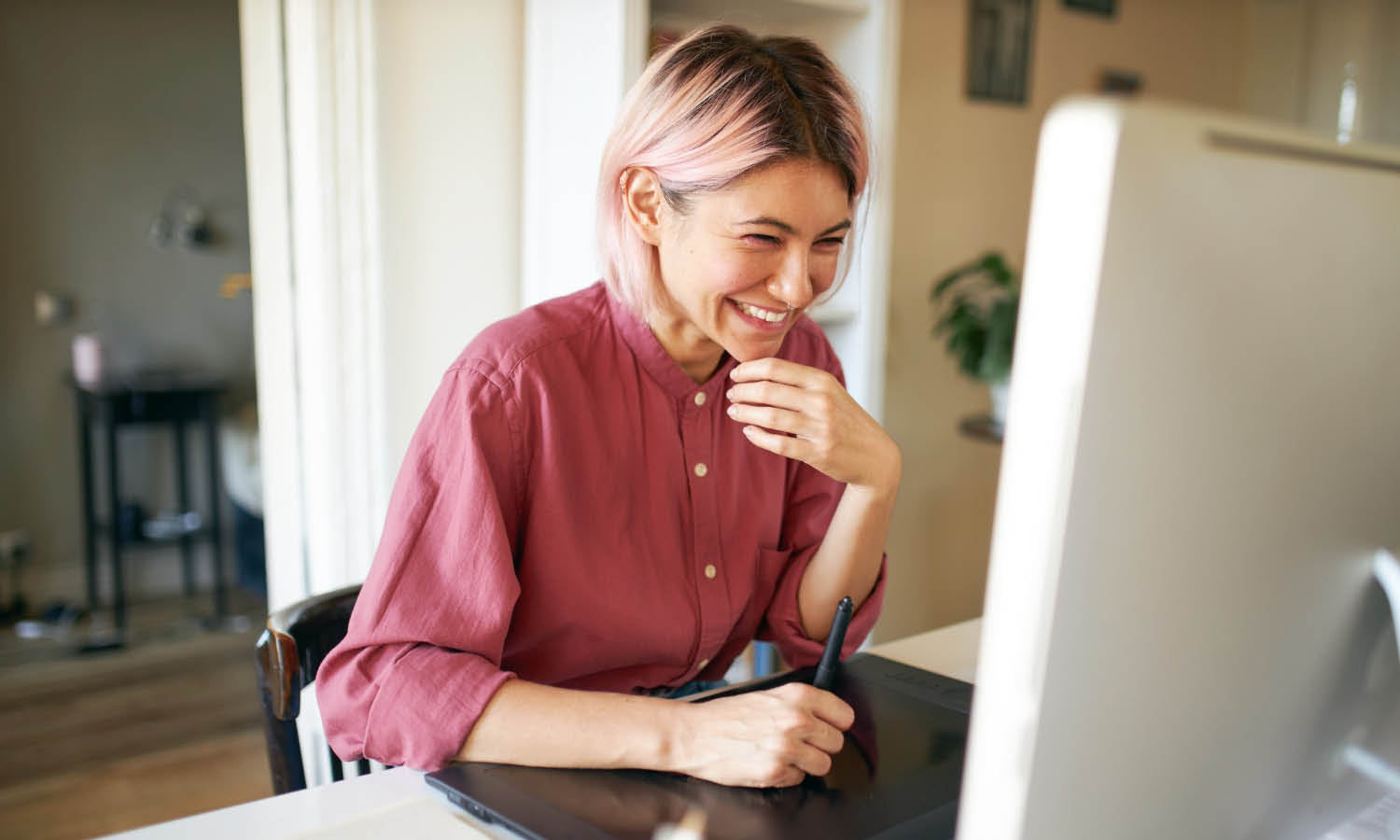








Leave a Comment